Graema Gill created a pair of awesome 3D printed brackets to hold Teensy 3.2.
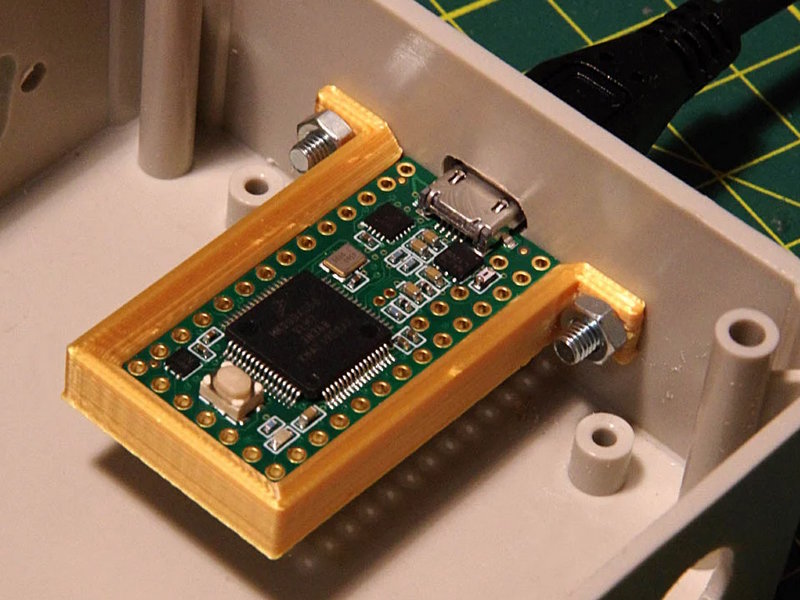

Both the panel mount version and free standing bracket are published on Thingiverse. Both look great and could really come in handy for projects!
|
||
|
Shopping Cart
|
| Home | Products | Teensy | Blog | Forum |
Graema Gill created a pair of awesome 3D printed brackets to hold Teensy 3.2.


Both the panel mount version and free standing bracket are published on Thingiverse. Both look great and could really come in handy for projects!
The Neutron Orgone Accumulator is a unique complex digital oscillator built by J.Matheson who uses usernames Neutron7 and jakplugg.
Basic operation involves the mixing of a core of three waveforms which can be dynamically scanned. Modulation and effects can be applied to produce sound. The first version of the build is documented on the Muffwiggler forums, with a beta version of the build guide available as a PDF.
There is a high performance version of 2.0 firmware designed to work with Teensy 3.1 at 144Mhz overclock. It will increase the sample and calculation rate from 50khz to 90.909khz. Details of the newer version and relevant code can be found on Github.
Steve Batz made a build of the module and documented the process in detail on his blog and in this video on his Facebook page.
Forum user jacethesaltsculptor has shared the process of restoring IBM’s iconic 5291 Model F “bigfoot” keyboard using a Teensy 2.0.
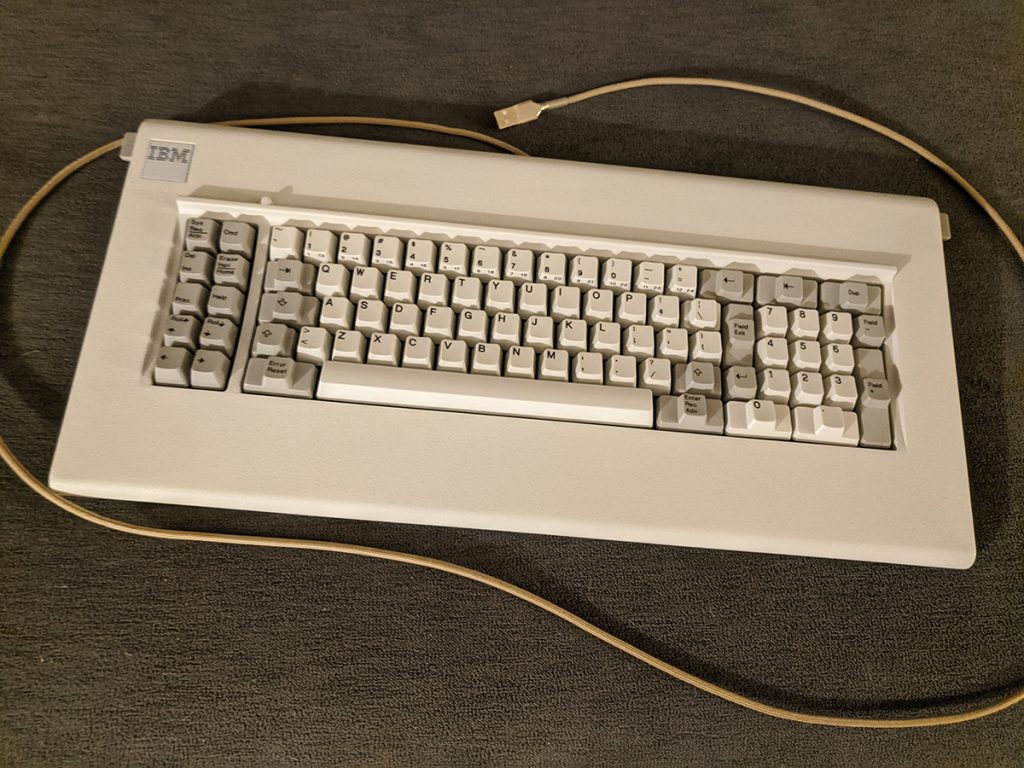
They have also created a handy PDF guide for those who are interested in attempting their own retro keyboard restorations. In the project, the Teensy 2.0 is wired directly to the PCB using jumper wires and the keyboard is connected using a custom cable from Dream Cables.
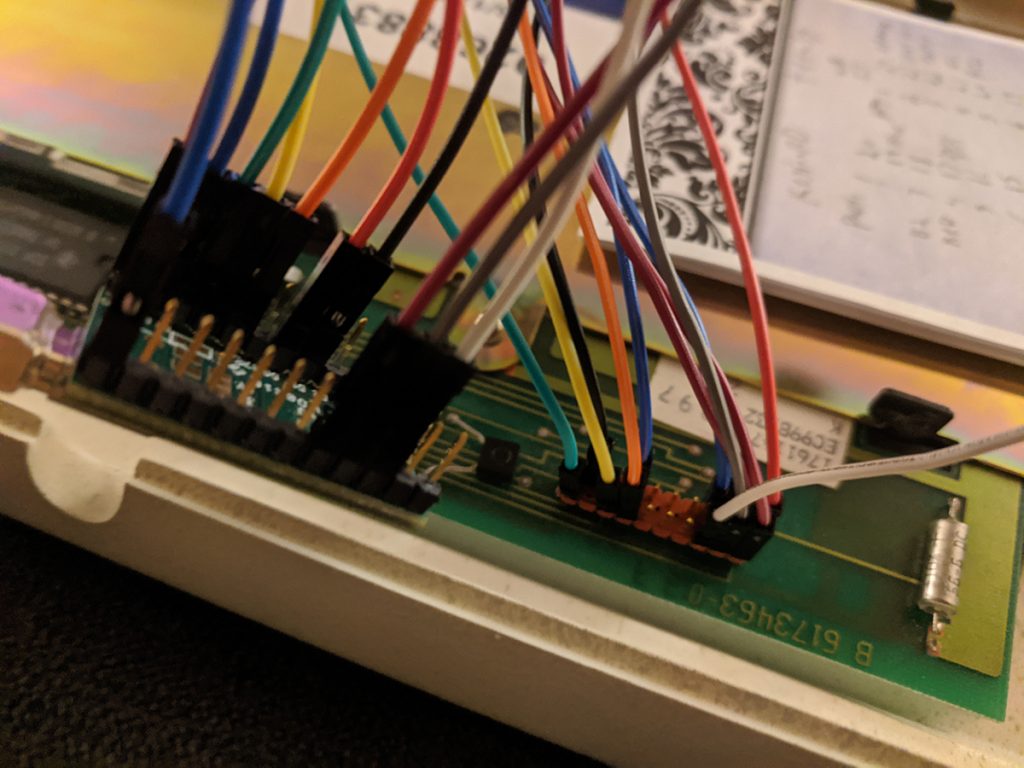
The Model F, originally produced in 1981 and manufactured until 1994, features capacitive buckling springs, terminal command line keys, and an extra large bevel surface for which it received its nickname. One of the heaviest keyboards ever manufactured, the board weighs in at 3.1 kilograms not including its 15 pin terminal connector.
Jacethesaltsculptor ordered the keyboard online and documents the process of restoration from unboxing to finish on Imgur. Also included are some photos of the original user manual offering tips on how to safely use the keyboard alongside some excellent retro 80s illustrations.

Genesis Engineering created a light-up Hatsune Miku costume for a friend attending Miku Expo 2020 in Europe.
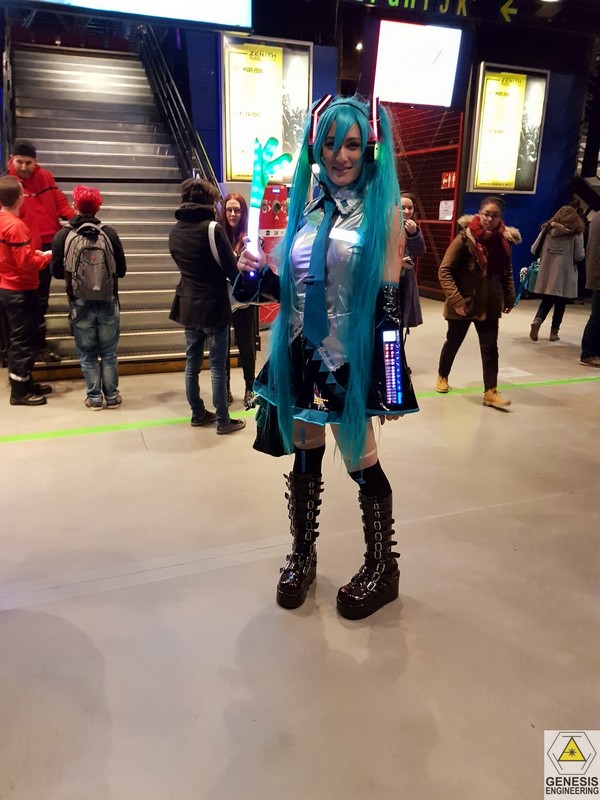
Teensy 3.6 was used to drive the WS2812 RGB LEDs in the 3D-printed headset as well as the LEDs, OLED, and TFT in the sleeves. The costume also includes a light up badge and square PLA hair ornaments. According to the creator who shared the behind the scenes of the design process to our forum, the sleeves are modeled after Yamaha DX100 and DX7 keyboards and can play Vocaloid sound samples loaded onto an SD card using Teensy’s audio library.
Genesis Engineering is a company based in Paris that in addition to engineering excellent interactive cosplay also makes laser harps.
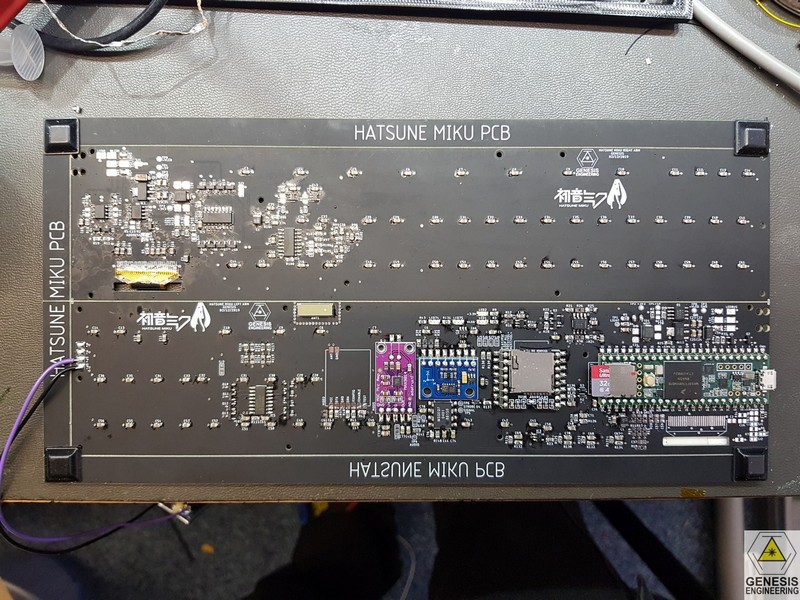

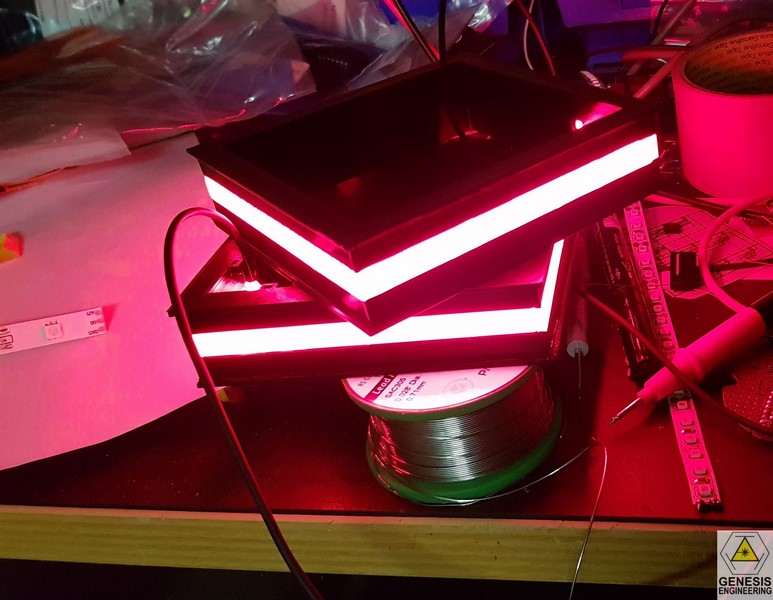
David Johnson-Davies ported his uLisp interpreter to Teensy 4. This blinks Teensy’s LED in Lisp language!
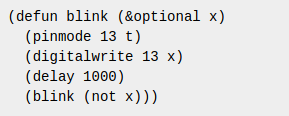
David also tested Teensy’s uLisp speed relative to other boards.
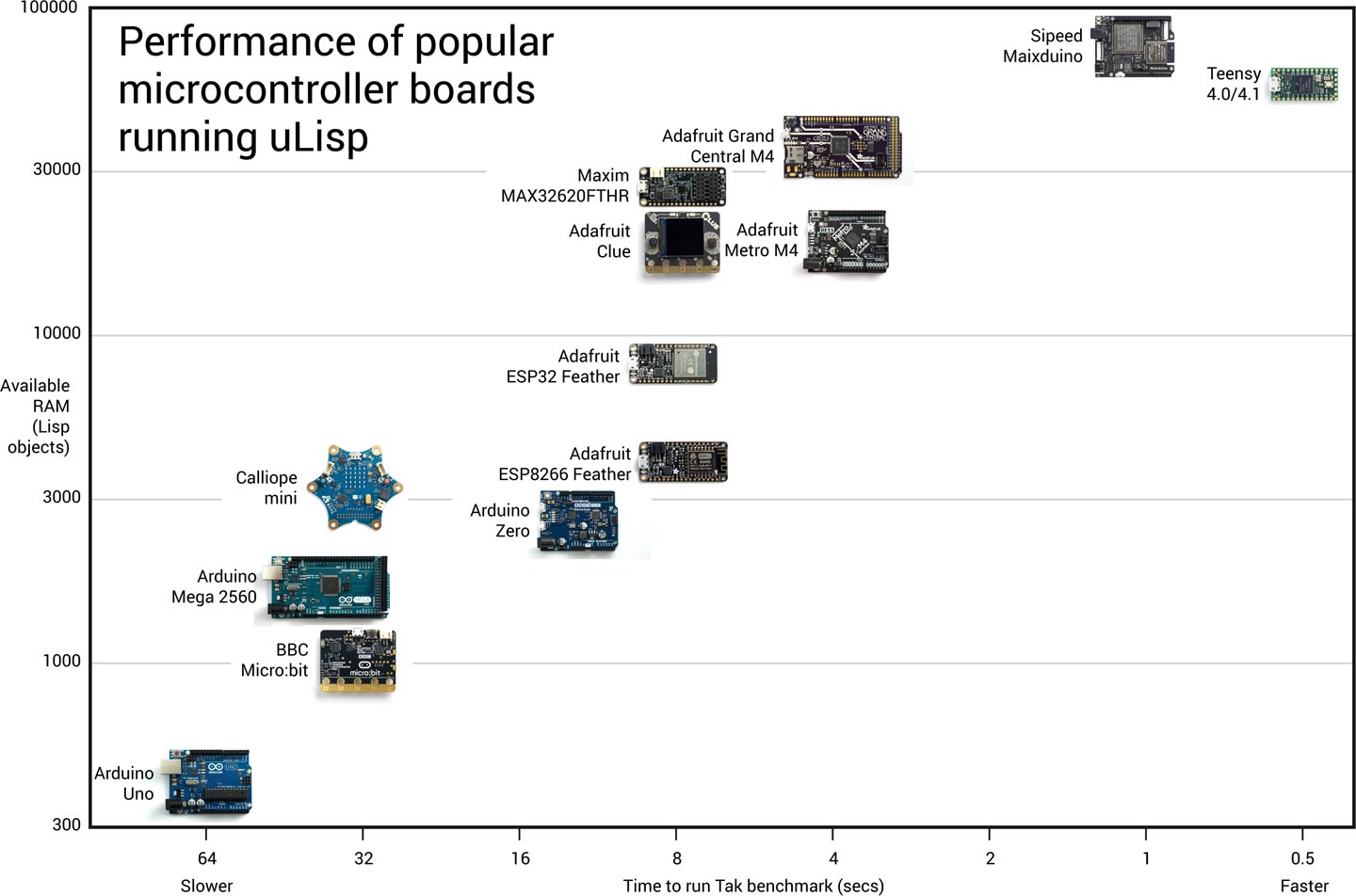
Full benchmark details are available for several types of computationally intensive tasks.
If you’re a fan of Lisp language, now you can run it on Teensy 4.0 & 4.1.
Maker, researcher, and music enthusiast Oscar Oomens created this beautiful and unusual synthesizer called the SENSEI for his bachelor’s thesis. The synth features a custom touch interface and wearable gyroscope that allow the user to “shape” sound in multiple dimensions.
The synth features a custom touch interface and wearable gyroscope that allow the user to “shape” sound in multiple dimensions. The main inputs aside from the keys are a joystick with three Force Sensitive Resistors (FSRs) on the grip that Oomens suggests provide control for new sound characteristics including: distance, form, sharpness, richness, and color. A capacitive ring around the joystick allows parameters to be locked and a gyroscopic ring attached to a bracelet allows the user to add vibrato to the touch keyboard and pitch bend segments. Users can also transpose octaves using + and – buttons towards the top of the board.
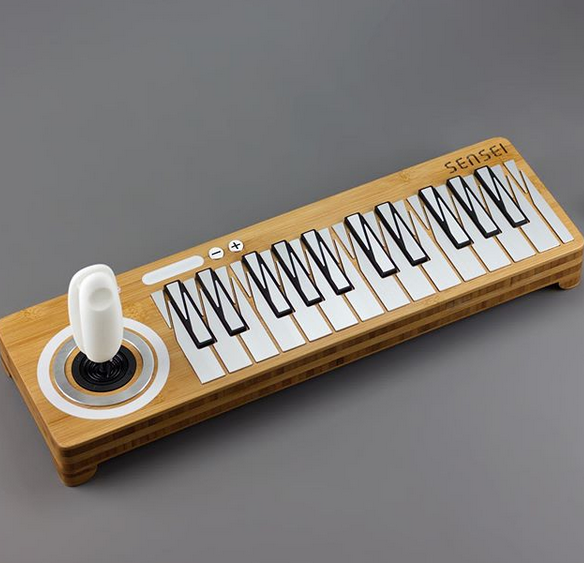
The board itself is stunning in its manufacture featuring embedded LEDs and soft silicone keys set into wood. Oscar was kind enough to share his parts list in our forum and has added some lovely photos to an Instagram album.
Arduino Guy, an 18-year-old Hackster intern and self-proclaimed embedded systems enthusiast, has developed a DIY social distancing radar

It can be attached to a bicycle or other anchor point to alert others when they are cycling, standing, or walking too close.
The project uses a Teensy 4.0 in combination with a SparkFun VL53L1X time of flight sensor attached to a SG90 servo arm to register obstructions at distances between 40mm and 4 meters away. In his project which is documented with step-by-step instructions, 3D print files, and code suitable for advanced beginners, four LED dot matrix displays are programmed to send the message “U Good” when people are giving enough space or “Back Off” when they are too close to the sensor.
In a Hackster tutorial, Arduino Guy walks us through the project from hardware selection to modeling and previsualizing the moving mount in Fusion360. He also explains how a time of flight or ToF sensor, which uses pulses of light to register how far away something is, can be superior to other options like ultrasonic sensors which measure sound and are therefor slower and less accurate. Like all good engineers, he tests its effectiveness in the field during a bicycle journey and finds that people do, in fact, keep their distance.
Fans of classic Apple keyboards rejoice! Jim Lombardo shared to our forum his recipe for creating a custom USB adapter that allows older keyboard models that use an 8-pin DIN input to serve as modern USB keyboards.

Jim took on the project when he found himself needing a keyboard for a custom Raspberry Pi computer he assembled. He found the perfect mini keyboard for his mini computer—a 10″ Apple Newton keyboard—on hand in his spare parts bin but to his surprise found that no USB adapter already existed for the Newton’s 8-pin DIN F port. Naturally, he took it upon himself to engineer one.
To remap the serial data to USB, Jim uses a Teensy 2.0, a hacked 8-pin mini-DIN M/F or F/F cable to connect to the keyboard, and a USB A to mini B cable to connect the Teensy to the computer. On the software end, Jim created a nice and tidy library which translates the keyboard’s key scan code into ASCII.
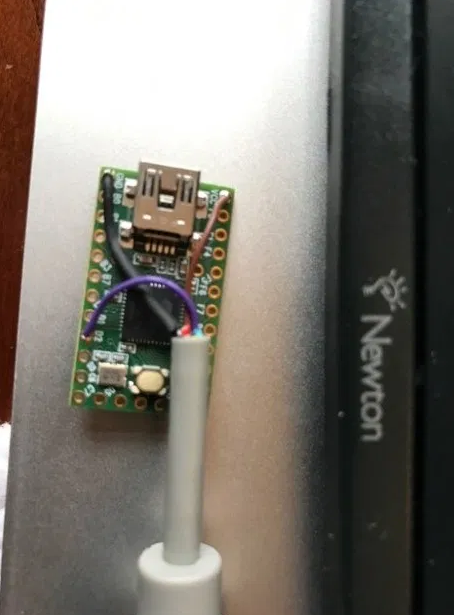
As Jim mentions in his blog, the Newton keyboard was originally designed for use with the Newton PDA (Personal Digital Assistant) system which Apple produced in the late 80s and early 90s. While the system was a flop due to high cost and low performance, it did pave the way for Apple’s later multi-touch device successes like the iPhone and the iPad.

Burning Man art car builder Loren Carpenter has taken Teensy’s ability to drive LEDs to the next level with a solar-powered installation built around a tricycle that uses a Teensy 3.6 to drive 6,400 RGB WS2812 LEDs.
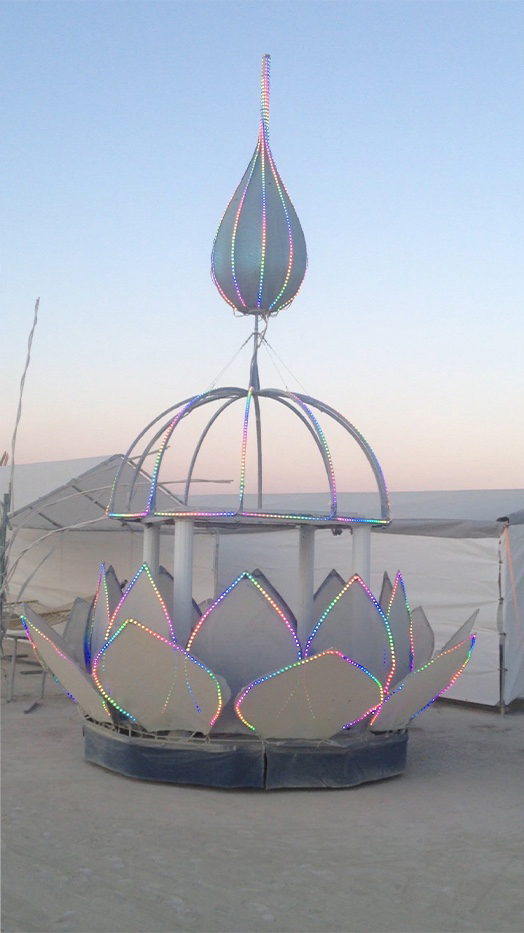
The 32 channel system is capable of outputting ~1.3 million RGB pixels per second, achieving over a 200 Hz frame rate for smooth animations. In the forum post linked above, Carpenter dives deep into the technical details, including his source code for those who want to try it out themselves.

The project was first built around a golf cart but the latest build uses a tricycle as a frame with a control box directly underneath that includes relays and battery chargers. Here you can see a video of Loren’s creation in action from a night on the playa at Burning Man in 2015.

French musician and composer Emmanuelle Presselin developed a sound controller which generates MIDI chords on touch.

Presselin, who doesn’t play keyboard but often begins his compositions by layering chords together, was looking for an easy solution to generate complete chords. Presselin explains in his post to our forum where he also kindly shares his source code, that each note on the controller is capable of producing twenty chord structures with four basses per note. Additional knobs can be used to adjust volume, invert chords, change velocity, control octaves, and add arpeggios. Combining these along with additional features like style banks and custom chords, the controller offers numerous avenues for musical experimentation with just a few simple presses of the keys.
Presselin used pressure sensitive conductive sheets (a material known as Velostat or Linqstat) to create force sensitive resistors (FSRs) that act as triggers for MIDI chords based on measuring applied pressure. Velostat is often used as a packaging material to protect electronics which are susceptible to damage from electrostatic charge but can also be used in wearables or to make custom sensors as seen in this project. Presselin’s controller uses the material to make 168 discreet FSRs, allowing the user to create a wide range of sounds and even generate complete compositions by combining tools like Ableton Live as demonstrated in the video below.